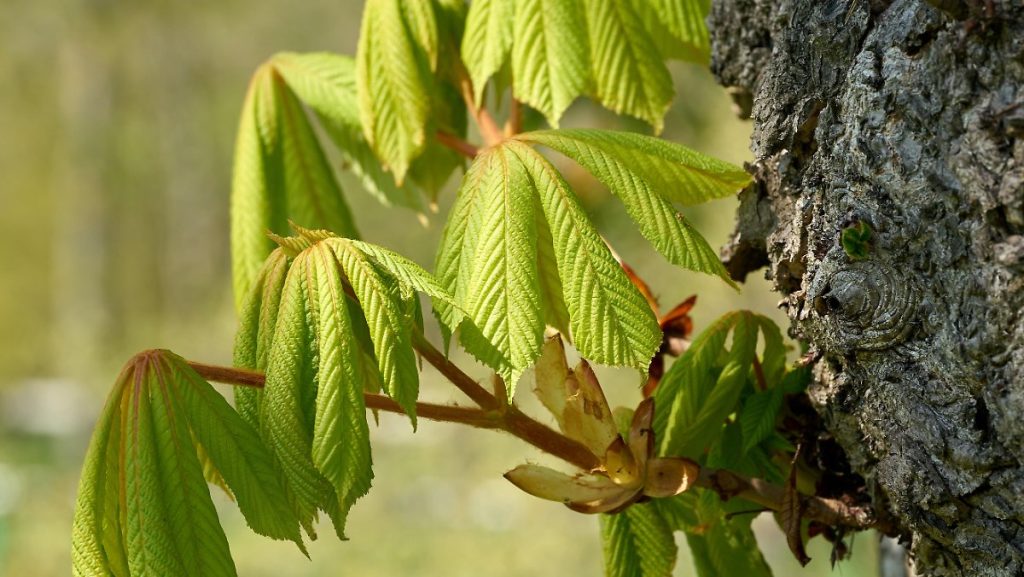Measuring the effects of fertilizers
Carbon dioxide stimulates plant growth
06/03/2022 09:39 AM
Carbon dioxide is responsible for the greenhouse effect. Researchers from the United States want to know how much plants can absorb and how this affects their growth and photosynthesis, as carbon dioxide is absorbed and converted.
Higher levels of carbon dioxide (CO2) in the air could boost global plant growth more than previously thought—and thus potentially lead to increased uptake of greenhouse gases. This results from analyzes of the measurement data of the gas exchange at the Earth’s surface.
US scientists led by Trevor Keenan of Lawrence Berkeley National Laboratory calculate that increased photosynthetic activity of plants means that an average of 9.1 grams of carbon per square meter will be attached to plants each year. About half of this is due to an increased concentration of carbon dioxide in the atmosphere, Type in “Actions” US National Academy of Sciences (“PNAS”).
Plants need carbon dioxide for their metabolism, which they extract from the air. In this way, they counteract climate change, which is based primarily on increasing levels of carbon dioxide in the atmosphere. It is known that high CO2 values can increase plant growth – like a type of fertilizer.
Measurement of gas exchange at the Earth’s surface
“The extent to which carbon dioxide fertilization affects photosynthesis on Earth is uncertain because it is not directly observed and is subject to the confounding effects of climate change,” Keenan and colleagues write. They wanted to use a new approach to quantify this enrichment effect: through direct measurements of turbulent exchange currents at the Earth’s surface. To determine this, the researchers used special measurement data about gas exchange at 68 sites around the world for the period from 2001 to 2014.
Keenan’s team combined this measurement data with a concept based on well-established theories to improve photosynthesis. Accordingly, the total primary production of plants is related to seven measurable variables: air carbon dioxide concentration, leaf area index, air temperature, soil water content, specific moisture, surface pressure, and incident short wave radiation in sunlight.
Additional CO2 uptake measured
According to the analyzes, nearly half – 44 percent – of the annual growth rate of 9.1 grams of carbon additionally absorbed by plants per square meter is due to the higher carbon dioxide content in the air. 28 percent can be attributed to higher air temperatures. Scientists attribute 14 percent of the increase in photosynthesis to soil water content and specific moisture. However, it is precisely these two factors that are critical for the highly fluctuating measured values in the investigation period. Accordingly, the photosynthetic performance of plants varies from year to year, but the long-term trend shows a clear increase.
The researchers compared their data with simulations of 13 global plant models and eight values derived from satellite images for total primary crop production over the period 2001 to 2016. Type. They demand an expanded measuring network, especially in the tropics, where there have been only a few measuring stations so far. This would allow a better understanding of the importance of tropical forests in the context of climate change.
The right approach
Alexander Winkler of the Max Planck Institute for Meteorology in Hamburg considers that evaluating these measurement data is the right way to learn more about the effect of carbon dioxide enrichment. However, he complains that a period of 14 years is too short to obtain statistically significant values. In addition, statistical correlation does not imply a cause-and-effect relationship.
Anja Rammig from the Technical University of Munich welcomes the style of study. But even if science proves that plants bind more carbon dioxide through increased photosynthesis, it is not yet clear what happens to them in the biosphere. In addition to storing carbon, it is also possible to return a large part to the environment.

“Total coffee aficionado. Travel buff. Music ninja. Bacon nerd. Beeraholic.”







More Stories
Researchers detect extremely high-energy gamma rays
Anxiety disorders in old age increase the risk of dementia
Researchers are particularly fascinated by these exoplanets.